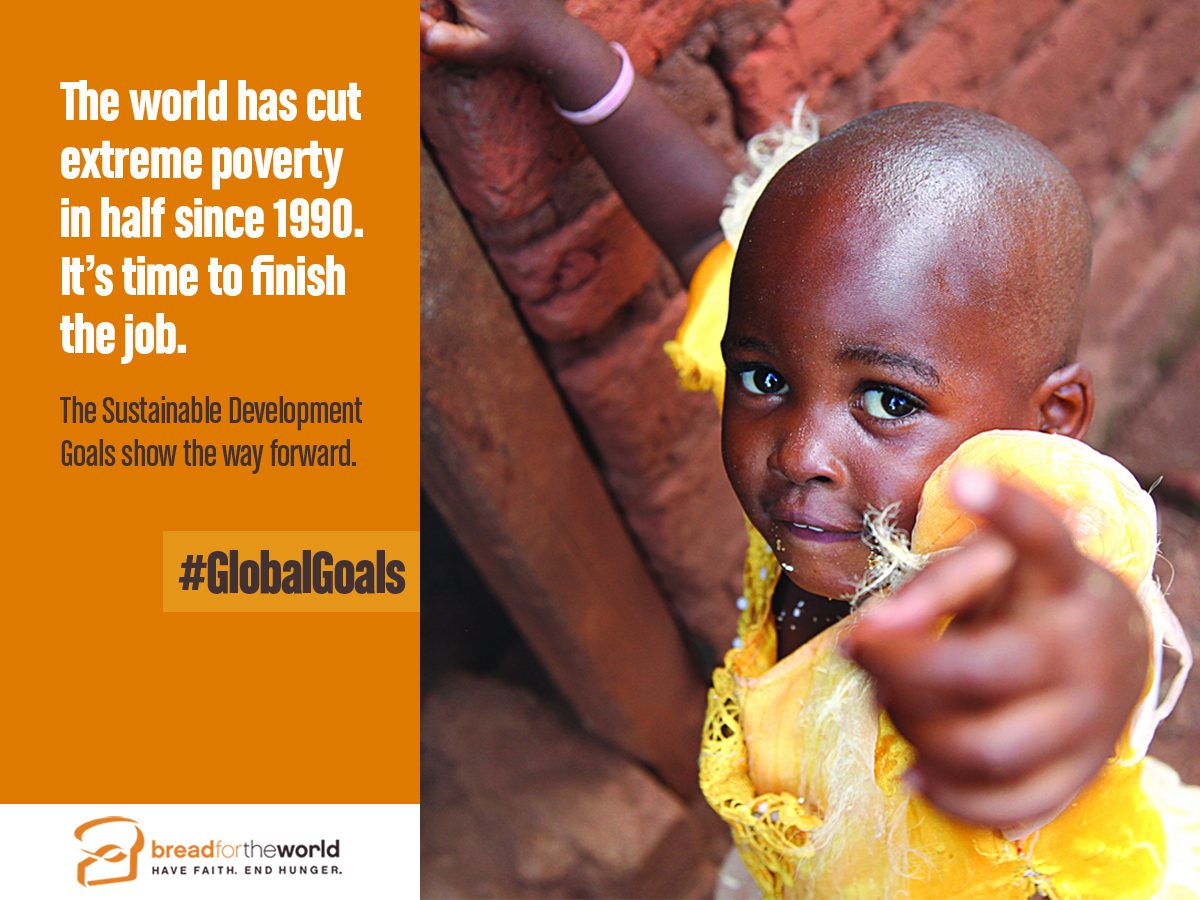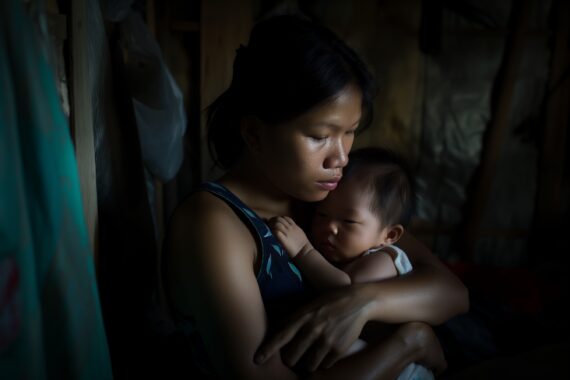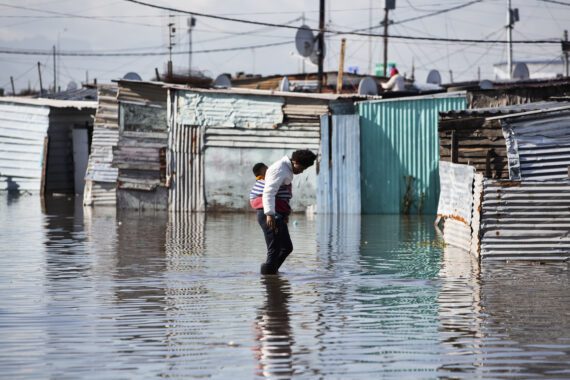By Michele Learner, Bread for the World Institute
It’s halftime. The players pause to meet with their coaches. Was our first-half strategy successful? What should we do differently in our game plan for the second half? The crowd is excited about the points already scored but already looking ahead: the fans want their team to get out there and win the game.
No one would say that a U.N. General Assembly meeting resembles a football game, and it’s only too obvious that the entire population of Earth has not united to root for a win over hunger and poverty. Nonetheless, there’s a reassessment and a shift in strategy underway, reminiscent of halftime, as U.N. member states adopt the Sustainable Development Goals (SDGs) and prepare to say goodbye to the Millennium Development Goals (MDGs). The SDGs will officially start upon their adoption this Sunday, September 27, 2015, while the MDGs end their 15-year season December 31, 2015.
Much has been written over the past two years as the international community and individual countries look back at how the MDGs have fared and formulate the second-ever set of global development goals to shape the world we want to see in 2030.
A wide range of communities, organizations, and coalitions have assessed their MDG records. For example:
- The entire region of Latin America has made impressive progress against hunger. Malnutrition has fallen to about 5.5 percent of the population. Yet progress on some other MDGs, such as maternal mortality, was far from sufficient. The region has achieved a 39 percent reduction in maternal mortality since the MDG baseline year, 1990. But the target was a 75 percent reduction.
- Liberia had one of the highest child mortality rates in Africa in 1990. With very few resources and in the immediate aftermath of 14 years of civil war, the country became the first in Africa to achieve the child mortality goal: a two-thirds reduction.
- The world met the target of “halting and reversing” malaria thanks to a combination of large increases in funding and sustained prevention and treatment efforts. These initiatives saved 6.2 million lives between 2000 and 2015, reduced the incidence of malaria by more than a third, and reduced the mortality rate among malaria patients by more than half. This is especially important because malaria is one of the top three preventable causes of death among children younger than 5 (the others are pneumonia and diarrhea).
All the analysis and reflection yielded solid recommendations on how to improve the 2015-2030 Sustainable Development Goals era. Perhaps the most important — because its results set the stage for all the others — was a straightforward idea that was more complex to put into practice: ask more people what the goals should be.
U.N. Secretary General Ban Ki-moon summed up the situation in 2015, halfway between 2000 and 2030: “The MDGs helped to lift more than one billion people out of extreme poverty, to make inroads against hunger, to enable more girls to attend school than ever before and to protect our planet. Yet for all the remarkable gains, I am keenly aware that inequalities persist and that progress has been uneven.”
In the second half of this blog post, we will look at other improvements to the plan to promote human development in the SDG era.
Michele Learner is the associate editor at Bread for the World Institute.



